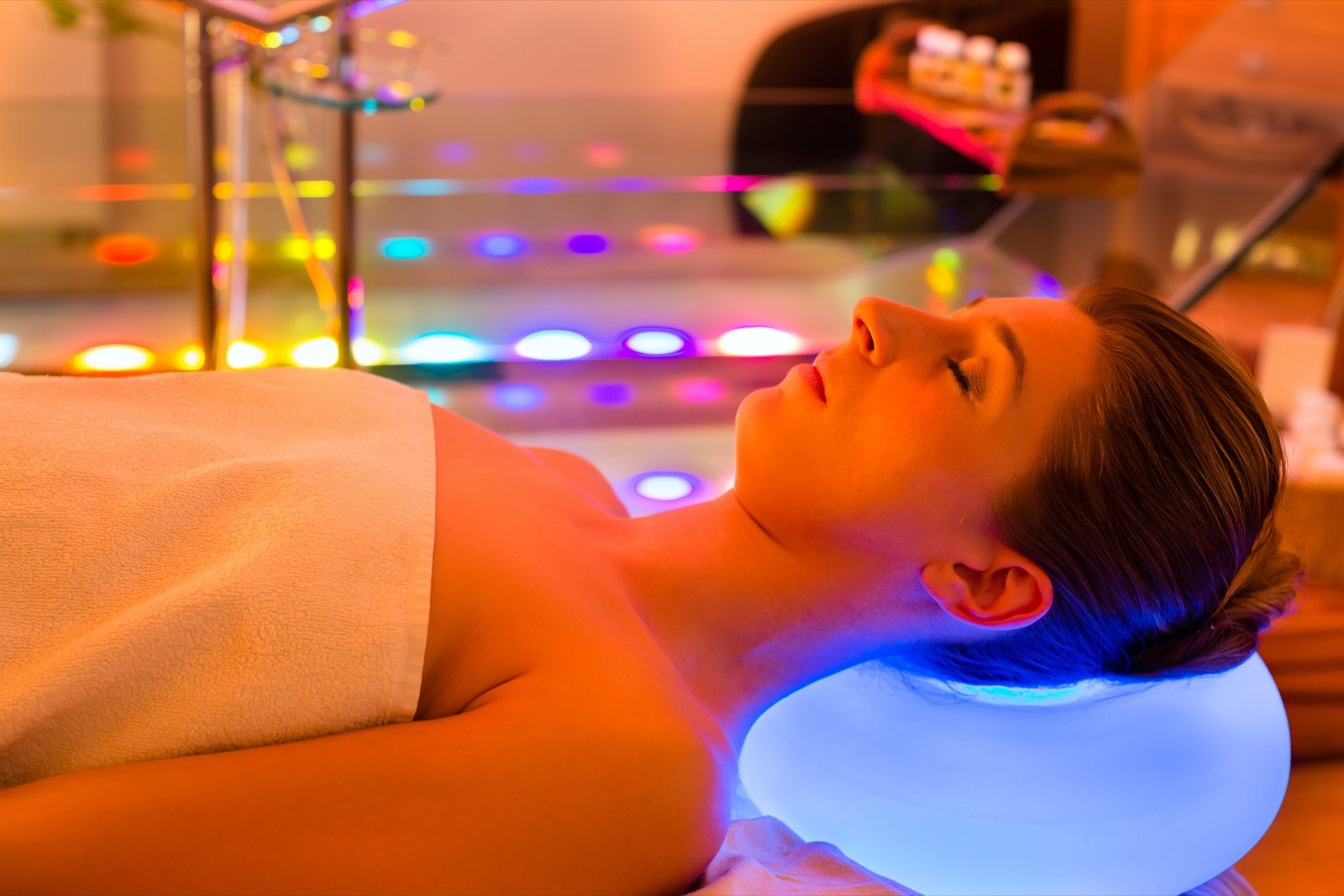Colour therapy, or chromotherapy, is a form of treatment that utilizes color and light to treat ailments related to mental health and physical health. The ancient Egyptians used this as a form of therapy. Rooms filled with sunlight and colored glasses were used for this purpose.
For some time, it’s been common knowledge that color therapy isn’t widely accepted in Western medicine, but it is gaining popularity. However, it is considered experimental by many medical professionals.
We have all experienced color therapy at some point in our lives. Seeing green can instantly lift someone’s mood, colour healing or wearing a favorite yellow dress can instantly brighten their day. India is also thought to be the origin of color therapy. Colors on the wheel of colors are said to enhance the chakras in our body, according to Indian philosophy.
Light Therapy: A Brief History
Colour therapy dates back thousands of years. In Egyptian temples, color-healing rooms radiated one of the spectrum’s colors. Healing was done in a room that radiated the prescribed color for patients who needed treatment. The ancient Greek city of Heliopolis was also famous for its healing temples, and there was Heliotherapy (treatment with sunlight).[1] Niels Ryberg Finsen, a Danish physician and pioneer of light therapy for skin tuberculosis, rediscovered this technique in the mid-19th century. A much later pioneer, Augustus Rollier, applied Heliotherapy to both treat and prevent tuberculosis on a much larger scale.
The distinguished Persian physician Avicenna wrote his theories on color’s therapeutic properties during the eleventh century. He discovered that red increases blood pressure and blue lowers it. Additionally, he discovered that yellow reduces pain and inflammation. Furthermore, he noted the negative effects of color therapy, a significant therapeutic consideration.
How Colour Therapy Works
Why does colorwork treat disease and keep someone in a good mood? I think it is because we are beings of light and therefore need light to stay happy and healthy. We are surrounded by an electromagnetic field (aura) which is filled with the constantly changing energies of colour, determined by our emotional, mental, spiritual and physical state. Colour and light are the best medicines to keep us feeling good.
Colors in the aura may be interpreted to mean things like jealousy, anger, or other emotional states. It can be a fascinating and even magical experience for many people, and some use these auras for their self-development or self-healing. However, it isn’t easy to accurately interpret auras, so they are best seen by those who know what to look for and have experienced them.
Colors can have two types of emotional meanings. Dark colors like black and grey tend to denote negativity, while bright colors such as red, green, and yellow denote positivity. It has been discovered that this connection between emotions and colour is a very old one, with a history of thousands of years.
Types of Color Therapy
Color therapists believe your symptoms might be caused by a lack of a particular color in your body. Different colors can be used to treat various conditions in color therapy. Here are some of the most common colors used in color therapy and how they can be used.
- A tired person or down might find that red is helpful to energize or invigorate them. Nonetheless, red can also trigger already tense people, which is why color therapy uses it carefully.
- The color blue is used to alleviate depression and pain in Chroma therapy. People who have insomnia or other sleeping disorders may benefit from the sedative properties of darker shades of blue.
- Chrono therapists believe that green can help relieve stress and relax a person since it is the color of nature.
- You can use yellow to lift your mood and make you feel happy and optimistic.
- The color orange has the ability to evoke happy feelings, much like the color yellow. It is also believed that the bright warm color can stimulate appetite and mental activity.

